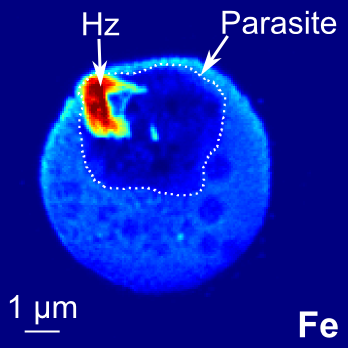Overview
The beamline provides a high-brilliance beam focused down to nanometer size, allowing quantitative 3D characterization of the morphology and the elemental composition of specimens in their native state by combining coherent imaging techniques and X-ray fluorescence microscopy.

Nano-imaging Beamline
The beamline is part of the ESRF Upgrade project UPBL4 NINA. The 185 m long beamline provides nano-focused beams for analytical imaging. The nano-imaging beamline addresses problems in biology, biomedicine and nano-technology using X-ray fluorescence microscopy and nano-tomography. It is optimised for ultimate hard X-ray focusing of a beam with a large energy bandwidth at specific energies (17keV or 33.6 keV). Cryogenic sample preservation is available for 2D and 3D imaging.
|
Disciplines
|
Applications
|
Energy range Beam size |
|
Techniques
Detectors
|
||



